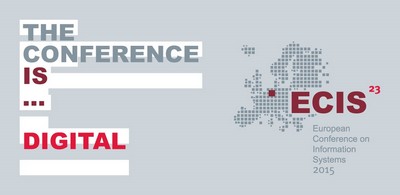DOI
10.18151/7217486
Abstract
In this paper we address how the composition of a platform impacts the platform’s business model. By platform’s business model we mean platform features, platform architecture and platform governance. To this end, we construct the Platform Business Model Framework. We apply the framework to three exemplary cases which allow us to illustrate the platform heterogeneity and to support new MSPs typology. As examples we include a physical two-sided platform (Gatwick Airport) that adds a third side, a digital one-sided platform transformed into being two-sided (Pingit) and a digital one-sided platform which evolved several steps into being multi-sided (Facebook). Our analysis shows a structural difference between one-sided, two-sided and multi-sided platforms and that platforms consist of a core and potentially also a periphery. The sides of a platform and the ties which connect them can be arranged in several configurations. The particular platform architecture can explain the difficulties in designing a viable business models for platforms.
Recommended Citation
Staykova, Kalina Stefanova and Damsgaard, Jan, "A Typology of Multi-sided Platforms: The Core and the Periphery" (2015). ECIS 2015 Completed Research Papers. Paper 174.
ISBN 978-3-00-050284-2
https://aisel.aisnet.org/ecis2015_cr/174


